Delhi, the capital territory of India, is home to unbreathable air and undrinkable water.
From the skies above to the ground below, Delhi is polluted. This Indian territory, which includes the capital city of New Delhi, is half the size of Rhode Island, and is home to twice the population of New York City.
Beijing, China, often makes headlines for its polluted air, but a global study of air pollution in 2014 by the World Health Organization found that Delhi’s air contained several times more fine particulate pollution than Beijing’s. By most measurements, it’s the most polluted area in the world.
To get a glimpse of what it’s like to live in these conditions, photographer Matthieu Paley spent five days walking across Delhi. Through his photographs, we see the physical results of intense urbanization, density of cars, and the practice of burning refuse. All contribute to the thick, yellow haze over the city. Even the sacred Yamuna River isn’t exempt from severe pollution. The river is second only to the Ganges in religious significance to practicing Hindus, and for 855 miles (1,376 kilometers) it flows through India, providing water to 57 million people. Eighty percent of the pollution in the river enters along the 14-mile (22.5-kilometer) stretch that goes through Delhi. Soil erosion, waste disposal, and chemical runoff leave the waters black in some places and covered with a white film in others.
From our partners:
A WALK THROUGH DELHI’S POLLUTED STREETS

PHOTOGRAPH BY MATTHIEU PALEY, NATIONAL GEOGRAPHIC

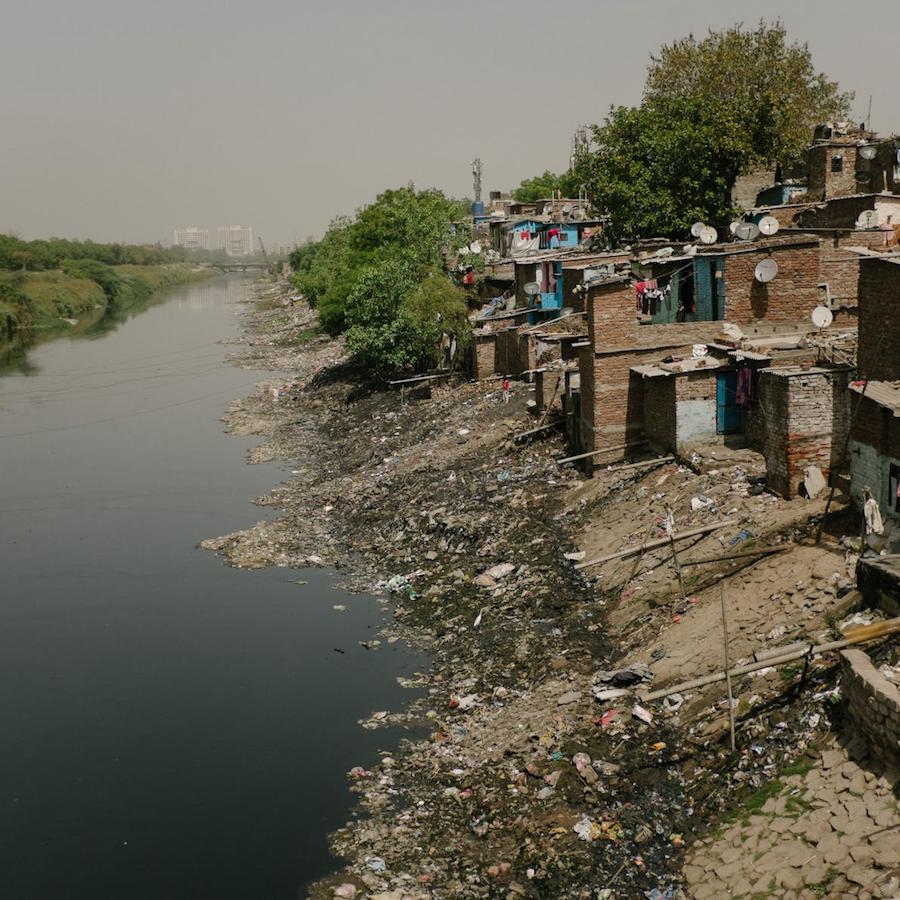
PHOTOGRAPH BY MATTHIEU PALEY, NATIONAL GEOGRAPHIC


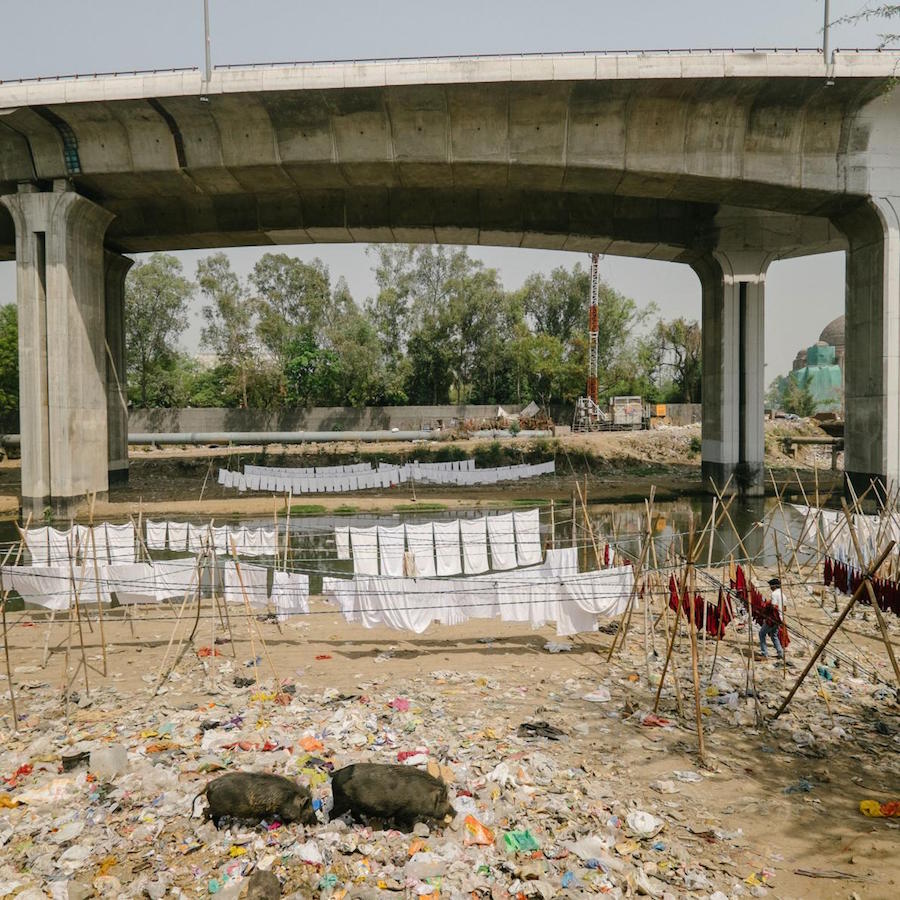
PHOTOGRAPH BY MATTHIEU PALEY, NAITONAL GEOGRAPHIC
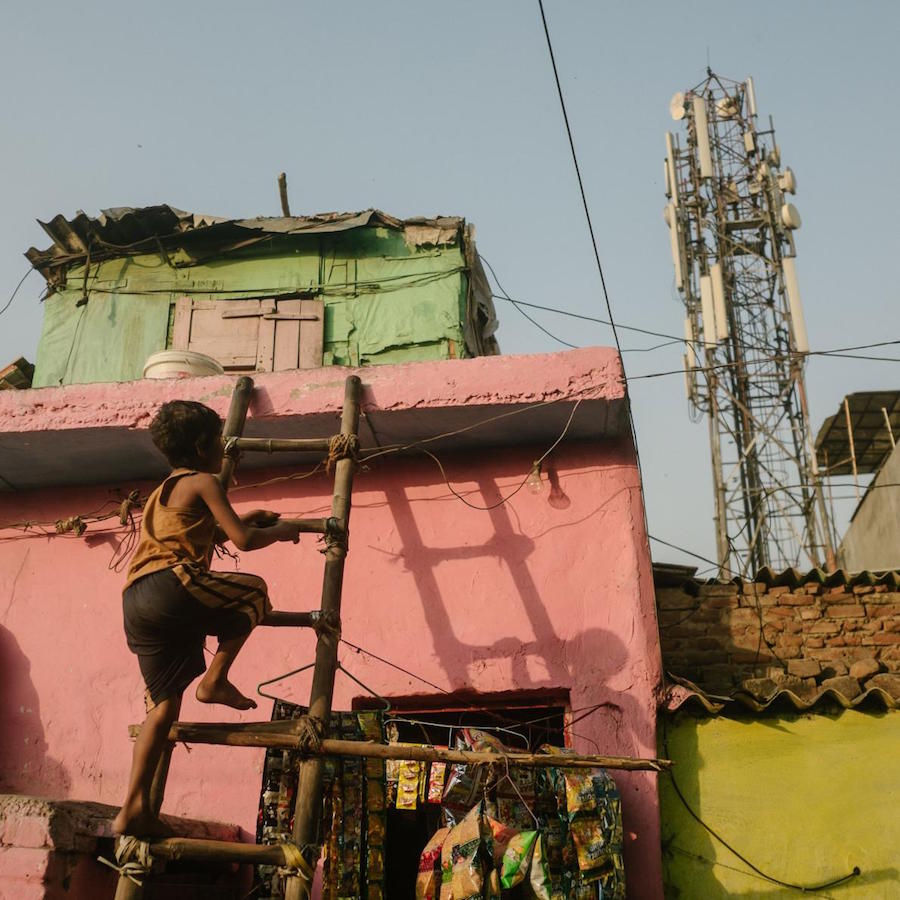
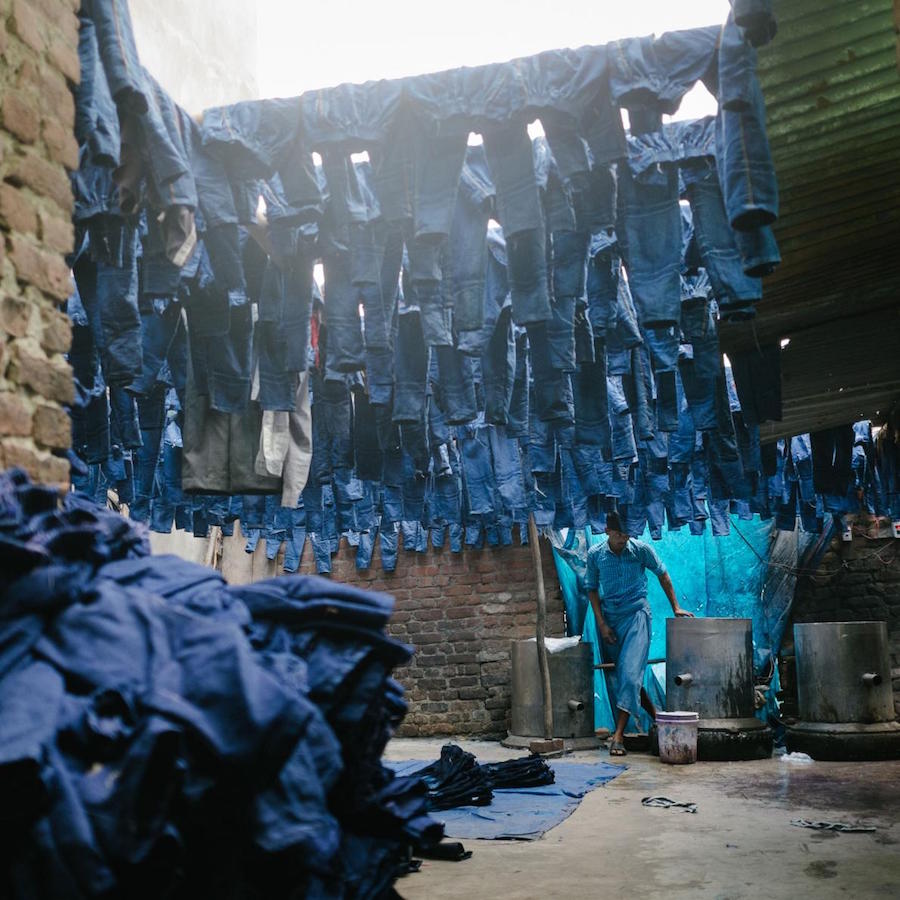

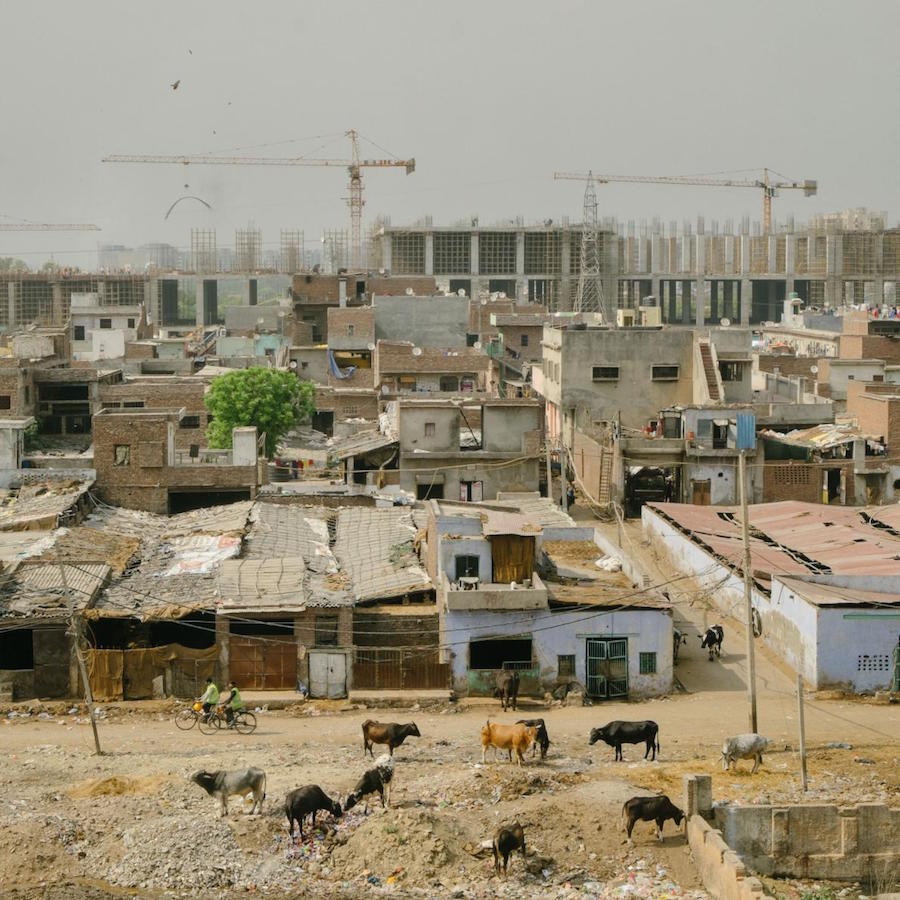
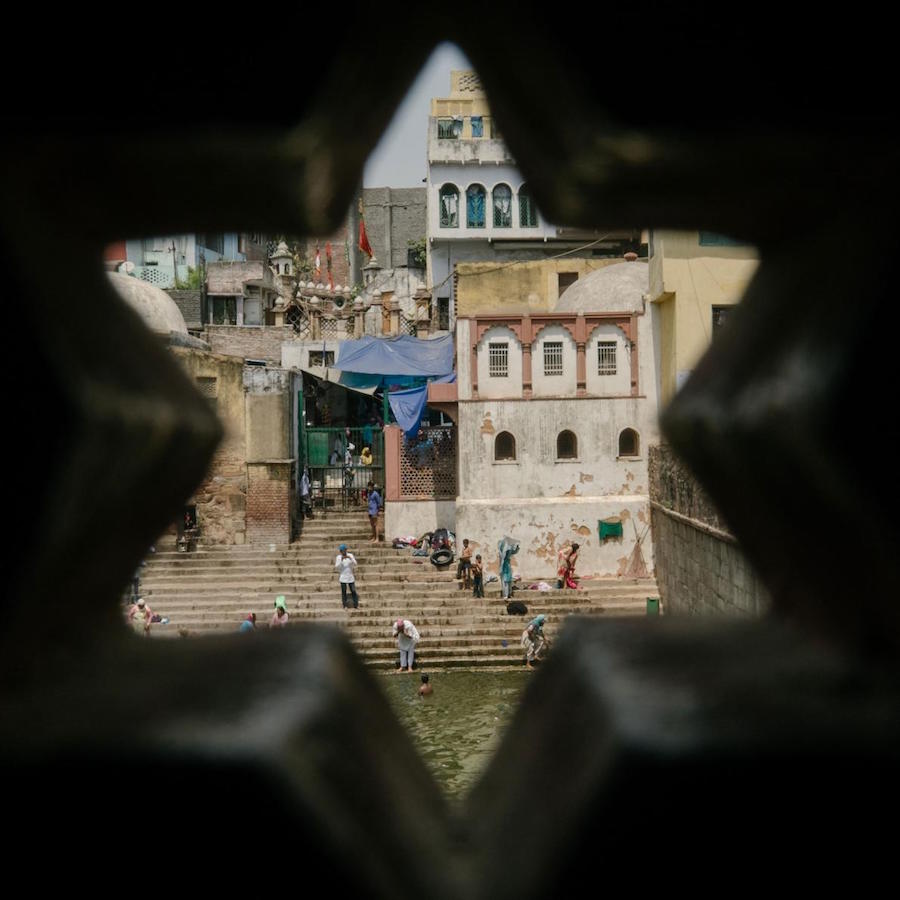

PHOTOGRAPH BY MATTHIEU PALEY, NATIONAL GEOGRAPHIC
Sunita Narain is the director of the Centre for Science andEnvironment (CSE), based in New Delhi, and she was just named one of Time’s 100 Most Influential People for her work in India’s environmental
policy and justice. In 2010 she wrote, “The river, by all pollution parameters, is dead. It has just not been officially cremated.”
The Yamuna is spiritually and practically central to the lives of people who live near it. Children play in the water, men wash and bleach shirts, people of all ages bathe in and drink from the river in the belief it will absolve them of sin.
And for some, the waste and garbage presents a way to make a living. While Paley photographed people’s interactions with their surroundings, he met men, women, and children who daily combed dumps and riverbanks for pieces of metal, plastic, and paper they could recycle. On a great day, they can earn 1,000 rupees—the equivalent of $15 and three times the average daily wage of other workers in the city.
SORTING THROUGH THE TRASH
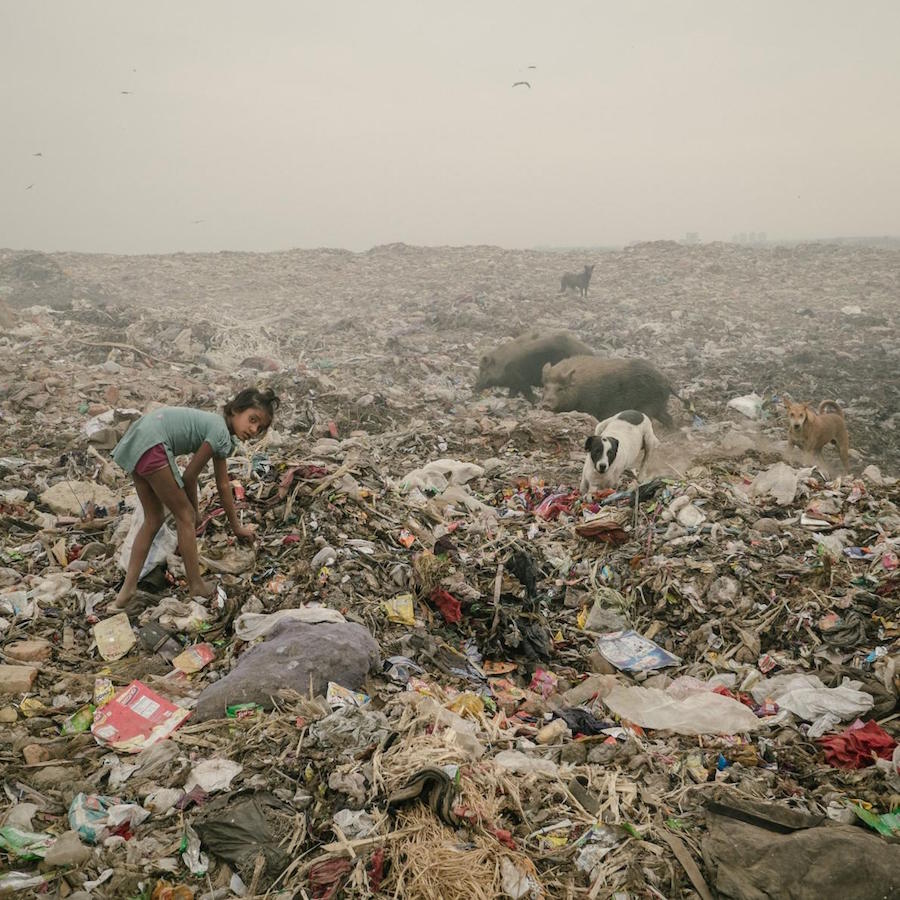
PHOTOGRAPH BY MATTHIEU PALEY, NATIONAL GEOGRAPHIC
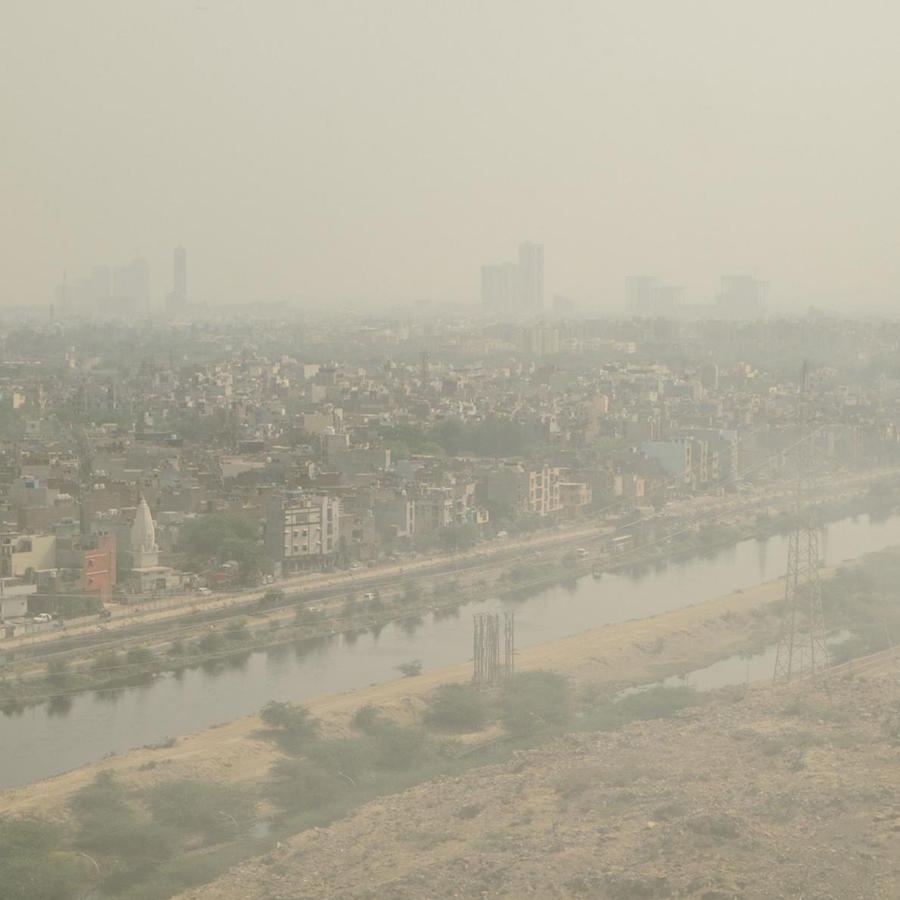

PHOTOGRAPH BY MATTHIEU PALEY, NATIONAL GEOGRAPHIC
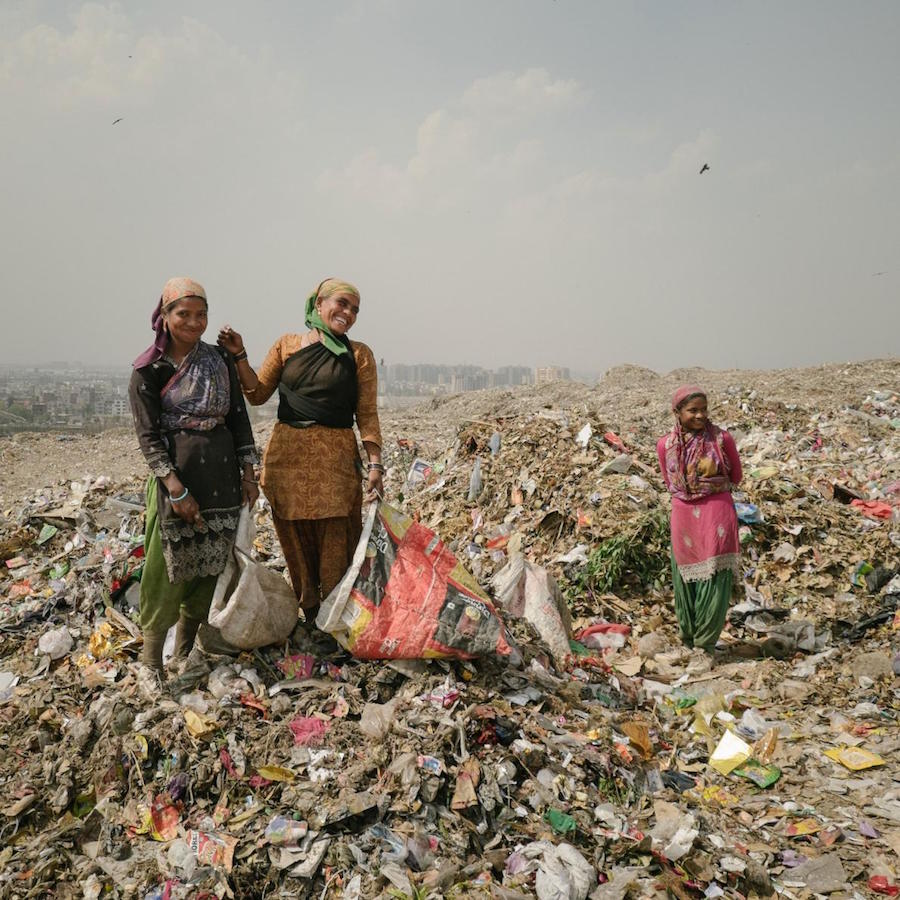

PHOTOGRAPH BY MATTHIEU PALEY, NATIONAL GEOGRAPHIC
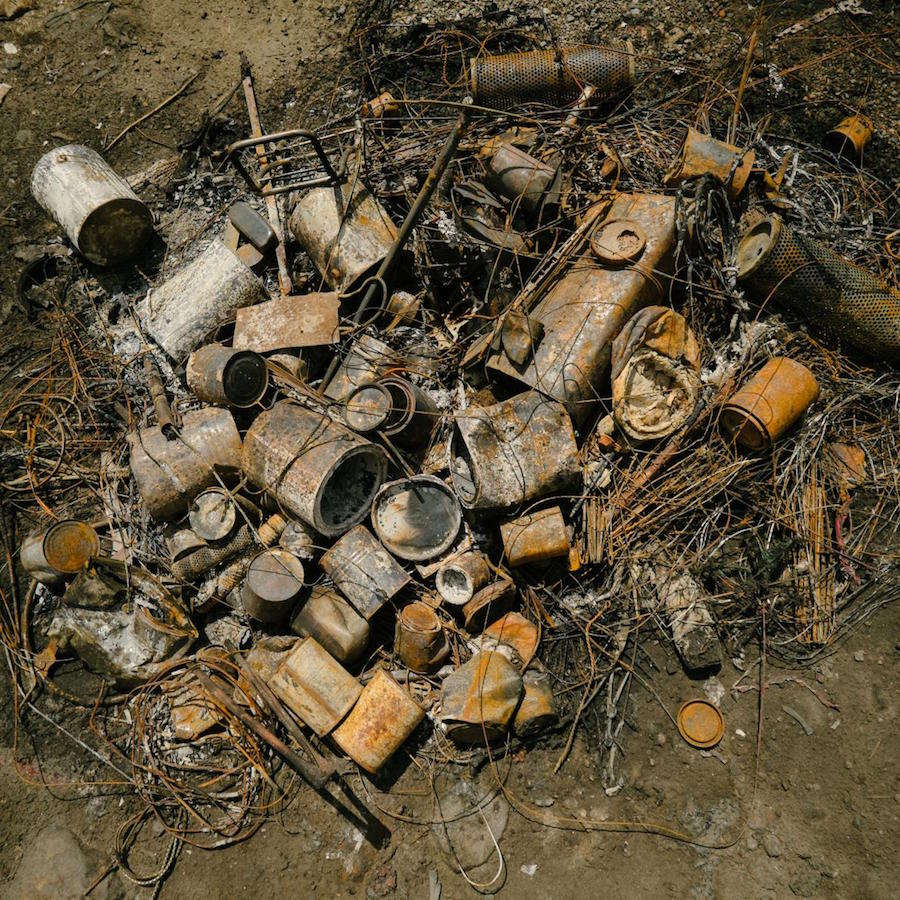
PHOTOGRAPH BY MATTHIEU PALEY, NATIONAL GEOGRAPHIC
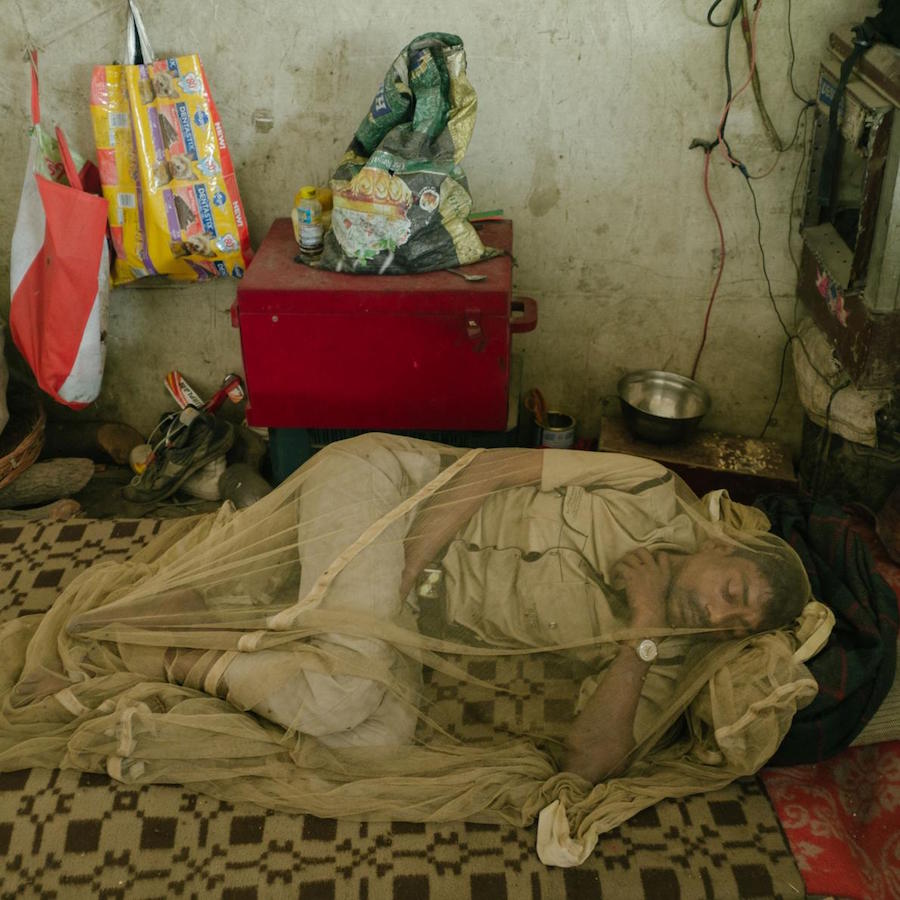
PHOTOGRAPH BY MATTHIEU PALEY, NATIONAL GEOGRAPHIC
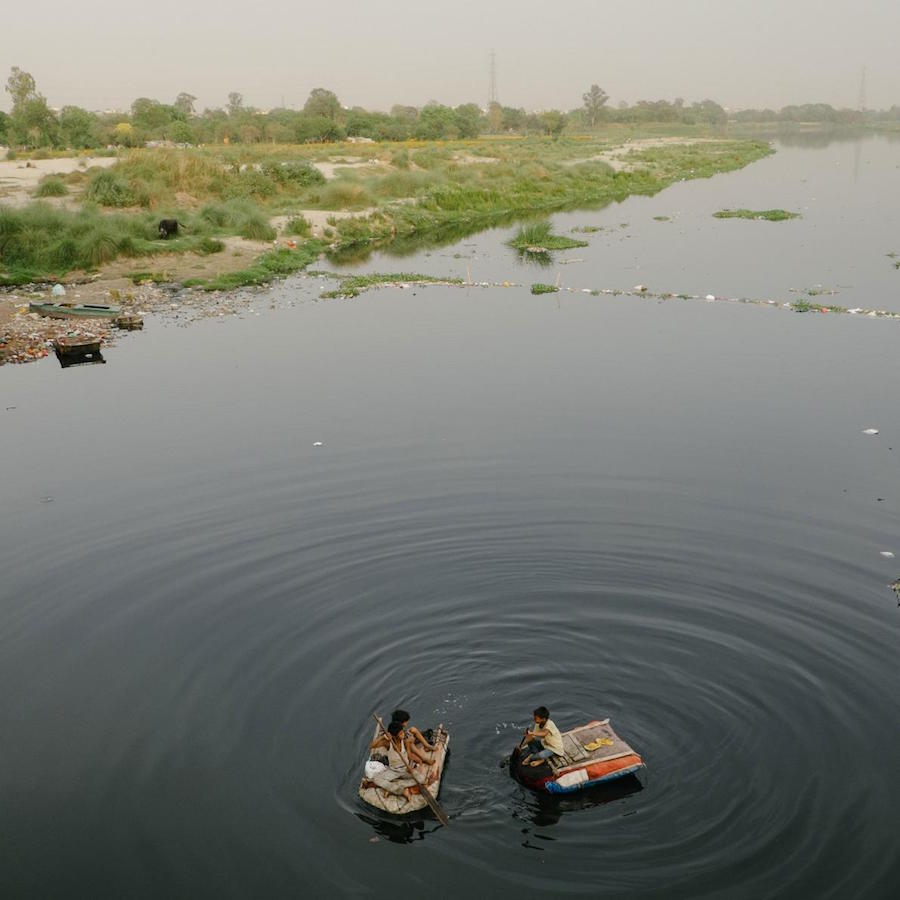


PHOTOGRAPH BY MATTHIEU PALEY, NATIONAL GEOGRAPHIC
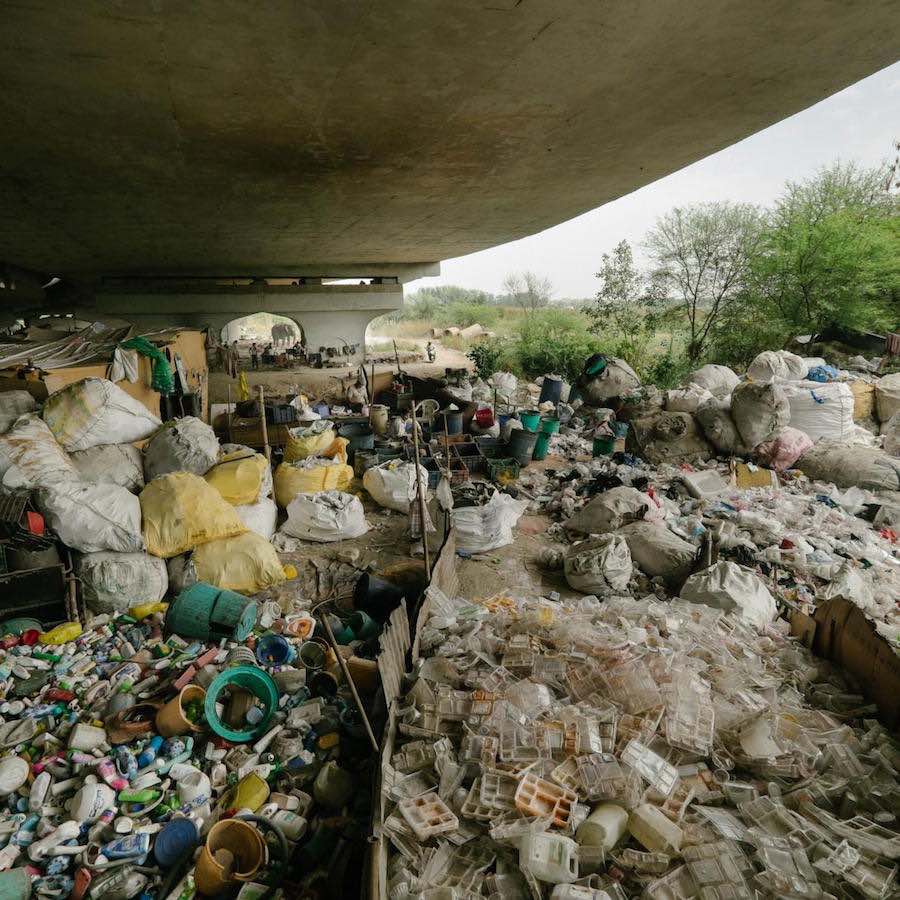
PHOTOGRAPH BY MATTHIEU PALEY, NATIONAL GEOGRAPHIC


PHOTOGRAPH BY MATTHIEU PALEY, NATIONAL GEOGRAPHIC
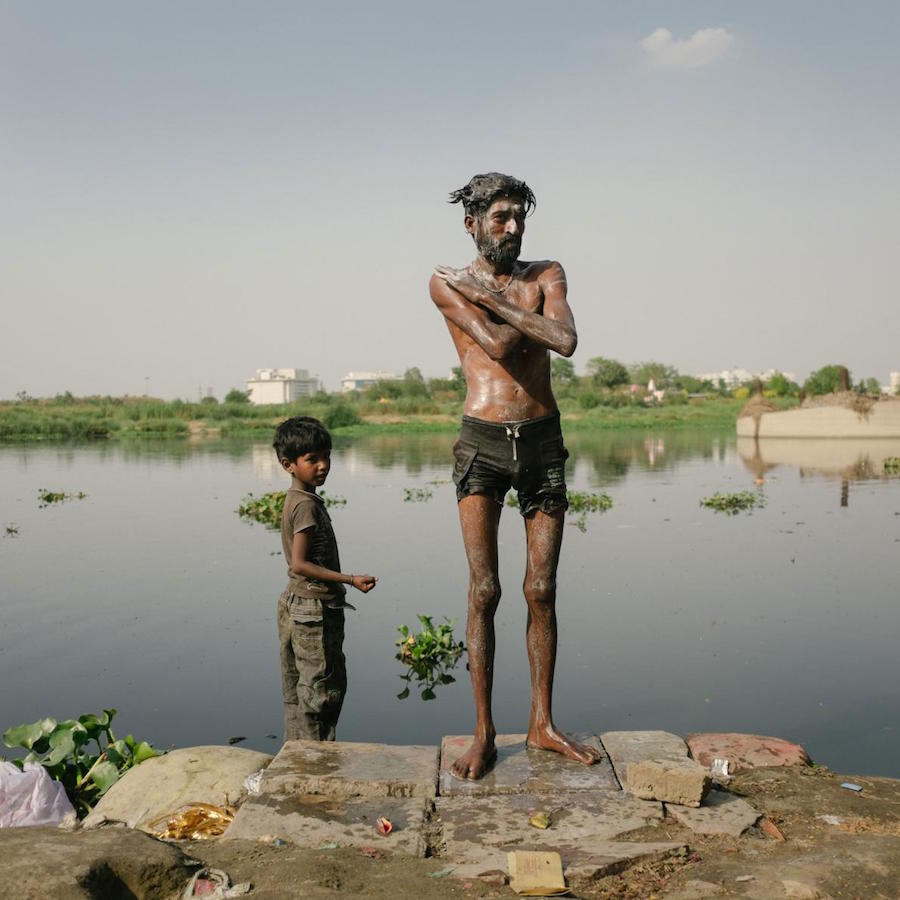

PHOTOGRAPH BY MATTHIEU PALEY, NATIONAL GEOGRAPHIC
In October 2014, Prime Minister Narendra Modi announced a national campaign called Swachh Bharat Abhiyan, meaning “Clean India Mission.” While it sounds well-intentioned, the announcement came one week after the announcement for a campaign called “Make In India,” which encourages international corporations to bring their manufacturing jobs to India—a goal many see as contradictory to promoting a cleaner environment.
The CSE has been critical of these campaigns, and in 2015 it released a report saying that the government’s budget revealed no strategy for moving forward with environmental policy. Deputy Director Chandra Bhushan wrote, “The bottom-line is, be it air pollution, water pollution or municipal solid waste, managing environmental degradation requires massive investments in infrastructure.”
While Delhi may have waste-treatment plants, it lacks the necessary sewer infrastructure that would carry the waste there. Paley noticed that even aboveground he often couldn’t find basic infrastructure like public trash cans. “There have been times I’ve had garbage in my hands and I’ve had to carry it with me all day, because there are no bins anywhere,” he remembered.
This feature was written by Melody Rowell and originally appeared in National Geographic.
















